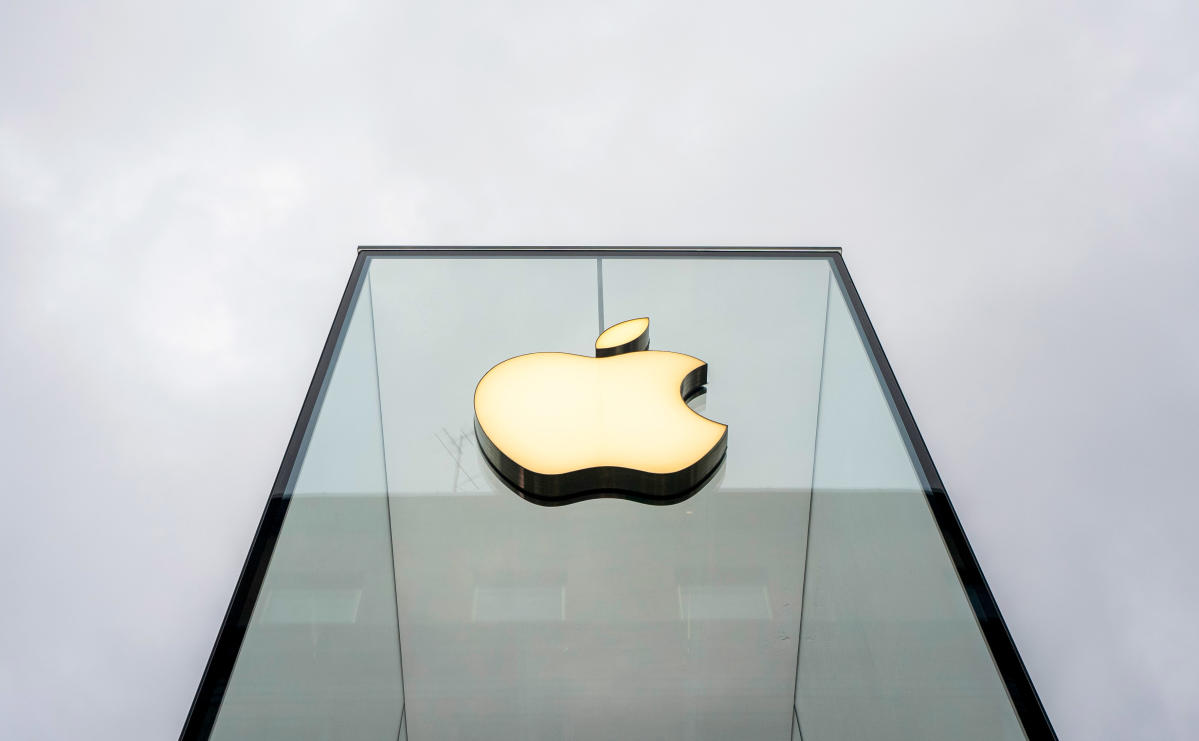The long fight to make Apple’s iMessage compatible with all devices has raged with little to show for it. But Google (de facto leader of the charge) and other mobile operators are now leveraging the European Union’s Digital Market Act (DMA), according to the Financial Times. The law, which goes into effect in 2024, requires that “gatekeepers” not favor their own systems or limit third parties from interoperating within them. Gatekeepers are any company that meets specific financial and usage qualifications, including Google’s parent company Alphabet, Apple, Samsung and others.



Android users don’t receive anything at all through iMessage; the whole conversation becomes SMS/MMS. I suppose getting major, relevant tech details is hard for an outlet like Engadget.
Your whole argument is based on failing to distinguish sending from receiving. You understand those are different things, right?
There is nothing to distinguish here. iMessage is the protocol and messaging platform. An iMessage sent remains as an iMessage when received. Android users are not sent and do not receive iMessages. They are sent SMS/MMS and they receive SMS/MMS. If all of the iMessage servers exploded right now, nothing at all would change in Apple to Android messaging because iMessage was never involved.
You’re forgetting the most important thing it is to users: an app. An app that sends messages. Messages that can be received by Android devices because iMessage automatically sends over SMS.
This might be true from a certain technical perspective, depending on what you mean by “an iMessage”, but it’s certainly not true from a user perspective. The user sends a message from the iMessage app and doesn’t care much whether it’s delivered by iMessage or SMS. Messages sent by iMessage are automatically degraded when sent over SMS if they contain media or use iMessage-specific features. Ergo a message is sent by iMessage and received by an Android device as an SMS message.
iMessage the app is always involved.
iMessage is not an app. It has never been an app. It is one of the ways a message can be sent/received in the Messages app. And yes, users of the Messages app are extremely aware of the distinction between sending an iMessage versus an SMS or MMS.
Spot on. The iPhone’s Messages app sends messages as iMessages, SMS, or MMS depending on context. And it makes it obvious. Every iPhone user knows blue vs green. It’s not sneaky or anything.
There is no apple iMessage app.
This is the Apple Message app. Its description in the store makes its functionality very clear.
iMessage isn’t an app… you’re not paying attention to what they’re saying at all. iMessage has never been an app. It’s a protocol for Apple messages through their server hardware. Messages is the app, Messages can send emails, sms, mms, and iMessages.
So you want “when they’re sent [from] iMessage”? I think you’re being really pedantic.
They’re not sent from iMessage. That is the point. If you write an article in a tech publication talking about messaging apps and protocols, you need to get the names right.
From what I know the user is still using iMessage, they are just translated into SMS and sent out.
The user is using the Messages app, which launched with support for SMS and MMS. Years later, Apple added iMessage as a third protocol to the app for use when messaging other Apple devices if they both turn iMessage on. If you message with an Android user, it remains with the default SMS and MMS. Nothing is being translated or downgraded; it’s just the original, default functionality of the app.
When the user clicks on the app to message people, is that app that they click on (the name they see) labelled “iMessage” or “Messages”?
The app is literally called „Messages“
The textfield where you type will say iMessage for iMessage contacts and will say sms message for everyone else
Ok so the original statement should be “when they’re sent through [Apple’s Message]” but honestly this is still being extremely picky.
The messages app distinguishes iMessages from SMS with the chat bubble color, and its users definitely know the difference
Low quality SMS. There are lots of things Apple could do to improve the experience of texting people without iMessage, lots of things built into the SMS standard that they do t implement.
Edit: wow thought this was commonly known. Basically Apple hasn’t adopted industry standard SMS improvements. There’s a whole campaign to try to get them to. Here’s an article explaining https://www.android.com/get-the-message/
What on earth is “low quality SMS”? And what parts of the SMS communication protocols don’t they implement?
What exactly?
RCS is not SMS and has nothing to do with the SMS standard.
This is an advertising campaign to get Apple to adopt Google’s proprietary version of RCS, which is not the SMS standard. It is, functionally, Google’s own version of iMessage, running Google software on Google servers.
This is just false, it’s sent over carrier networks and the carriers decide whose infrastructure to use. Google is one of several options. RCS is an open standard and it is the industry standard for SMS. It’s literally why every other non iphone can send high quality pictures to each other. Apple not adopting it is anti competitive.
The carriers never bothered to implement RCS; they just outsourced the whole thing to Google.
That nobody uses.
It’s meant as a replacement for SMS. It’s not just some new version of SMS that Apple hasn’t upgraded to, which is what you were basically saying earlier.
It’s a messaging service used exclusively by Android phones. iPhones all support iMessage; Androids (mostly) all support RCS. All of those iMessages go over Apple’s servers; all of those RCS messages go over Google’s servers.
For what it’s worth, iPhones have supported sending full-quality pictures to everyone over a legitimately open protocol since launch day. It’s called email.
Google’s attempts to legally force Apple to adopt its proprietary platform is transparently anticompetitive.